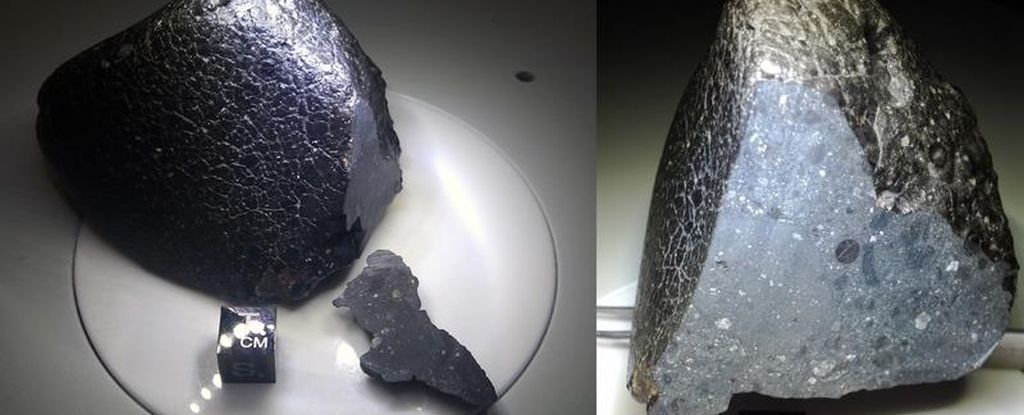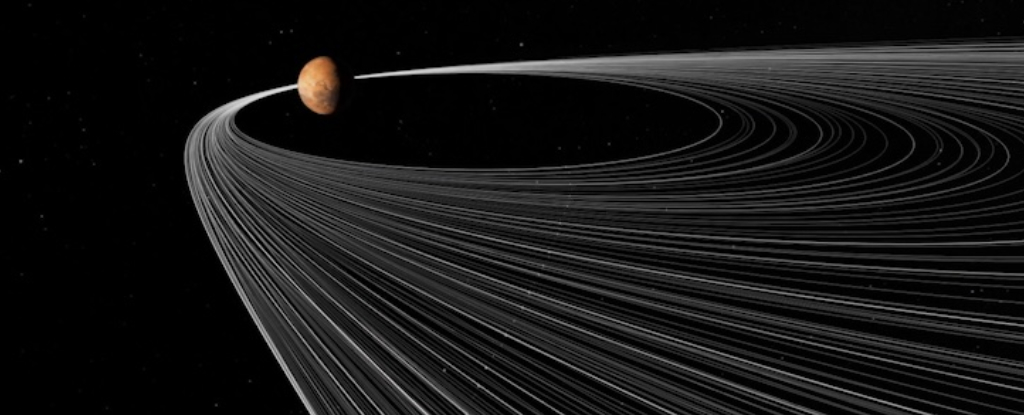ARTICLE AD
Subscribe today
Every print subscription comes with full digital access
Science News
INDEPENDENT JOURNALISM SINCE 1921 SIGN INCoral analyses show the region is sweltering under the highest ocean heat in four centuries
Blistering Coral Sea temperatures from February to April 2024 led to the Great Barrier Reef’s fifth mass bleaching event in eight years, turning patches of staghorn (shown) and other coral species stark white.</p>
" data-image-description="" data-image-meta="{"aperture":"0","credit":"","camera":"","caption":"","created_timestamp":"0","copyright":"","focal_length":"0","iso":"0","shutter_speed":"0","title":"","orientation":"0"}" data-image-title="080724_cg_great-barrier-reef_feat" data-large-file="https://i0.wp.com/www.sciencenews.org/wp-content/uploads/2024/08/080724_cg_great-barrier-reef_feat.jpg?fit=800%2C450&ssl=1" data-medium-file="https://i0.wp.com/www.sciencenews.org/wp-content/uploads/2024/08/080724_cg_great-barrier-reef_feat.jpg?fit=680%2C383&ssl=1" data-orig-file="https://i0.wp.com/www.sciencenews.org/wp-content/uploads/2024/08/080724_cg_great-barrier-reef_feat.jpg?fit=1440%2C810&ssl=1" data-orig-size="1440,810" data-permalink="https://www.sciencenews.org/080724_cg_great-barrier-reef_feat" decoding="async" fetchpriority="high" height="580" sizes="(max-width: 1030px) 100vw, 1030px" src="https://i0.wp.com/www.sciencenews.org/wp-content/uploads/2024/08/080724_cg_great-barrier-reef_feat.jpg?fit=1030%2C580&ssl=1" srcset="https://i0.wp.com/www.sciencenews.org/wp-content/uploads/2024/08/080724_cg_great-barrier-reef_feat.jpg?w=1440&ssl=1 1440w, https://i0.wp.com/www.sciencenews.org/wp-content/uploads/2024/08/080724_cg_great-barrier-reef_feat.jpg?resize=680%2C383&ssl=1 680w, https://i0.wp.com/www.sciencenews.org/wp-content/uploads/2024/08/080724_cg_great-barrier-reef_feat.jpg?resize=800%2C450&ssl=1 800w, https://i0.wp.com/www.sciencenews.org/wp-content/uploads/2024/08/080724_cg_great-barrier-reef_feat.jpg?resize=330%2C186&ssl=1 330w, https://i0.wp.com/www.sciencenews.org/wp-content/uploads/2024/08/080724_cg_great-barrier-reef_feat.jpg?resize=768%2C432&ssl=1 768w, https://i0.wp.com/www.sciencenews.org/wp-content/uploads/2024/08/080724_cg_great-barrier-reef_feat.jpg?resize=1030%2C580&ssl=1 1030w, https://i0.wp.com/www.sciencenews.org/wp-content/uploads/2024/08/080724_cg_great-barrier-reef_feat.jpg?resize=1380%2C776&ssl=1 1380w" width="1030">
Blistering Coral Sea temperatures from February to April 2024 led to the Great Barrier Reef’s fifth mass bleaching event in eight years, turning patches of staghorn (shown) and other coral species stark white.
Ove Hoegh-Guldberg
Australia’s Great Barrier Reef faces critical danger from back-to-back bouts of extreme ocean heat.
Ocean heat in the Coral Sea is at its highest in four centuries, scientists report in the Aug. 8 Nature. The researchers drilled into coral skeletons from in and around the region and analyzed the chemical makeup of those samples to reconstruct sea surface temperatures from 1618 to 1995, alongside modern instrumental sea surface measurements spanning 1900 to 2024.
Before 1900, ocean temperatures in the region were relatively stable. But from 1960 to 2024, those temperatures have climbed relentlessly. That upward climb is linked to humans’ greenhouse gas emissions, the team found.
Five of the six hottest years in the record were in the last decade: 2016, 2017, 2020, 2022 and 2024, with temperatures as much as 1 degree Celsius hotter than average. Each year had a mass bleaching event during the warmest months, from January to March (SN: 4/29/24).
 Scientists drilled into corals in the Great Barrier Reef (shown) to collect core samples. The chemical makeup of the corals reveals changing water conditions, including temperature, over the corals’ lifetime.Tane Sinclair-Taylor
Scientists drilled into corals in the Great Barrier Reef (shown) to collect core samples. The chemical makeup of the corals reveals changing water conditions, including temperature, over the corals’ lifetime.Tane Sinclair-Taylor
Researchers have long sounded the alarm about mass bleaching, in which corals stressed by extreme heat or pollution expel symbiotic algae living in their tissues, leaving them stark white (SN: 8/9/23). Corals can bounce back, given time. But back-to-back bleaching can ultimately kill a reef.
“The Great Barrier Reef is iconic,” climate scientist Benjamin Henley of the University of Melbourne in Australia said at an Aug. 6 news conference. UNESCO designated the reef as a World Heritage Site in 1981.

 3 months ago
24
3 months ago
24 

